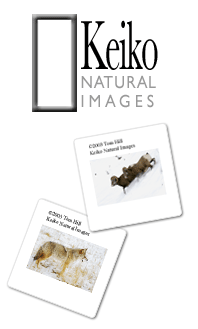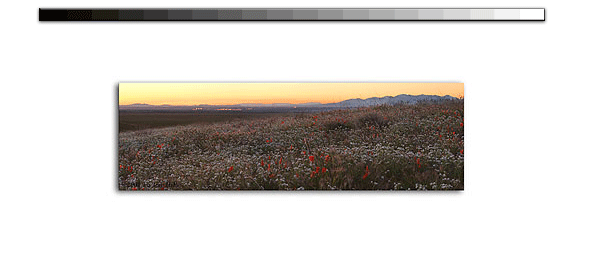|
Imagine youre at Bosque Del Apache NWR in New Mexico and youre planning an evening shoot of arriving Sandhill Cranes. Youve staked out a location and planned for perfect light to illuminate your arriving subject. You know things are going to work out because the previous night, the cranes had arrived on schedule, almost like clockwork. Even the weather god is cooperating by providing a few, wispy high clouds that you know will turn scarlet in the waning sun. What could go wrong? Everything& What if your subject didnt arrive on que?
This exact scenario happened to me on my last trip to Bosque. I thought my setup was perfect. I thought I accounted for everything. Everything that is except my subject not arriving until the sun was down. While the shilloete images were greatblack birds against a flaming red sunset--I was looking for something else. I wanted some detail in my birds. What to do& What about the flash?
Whether good or bad, most nature photographers will not consider using flash as the main source of light for their subjects. First, Im being specific about flash as the key source verses being used to fill the shadows. Fill flash has gained universal acceptance as a method to eliminate the hazards of harsh, bright, contrasty light. . In my example, Im talking about bringing artificial light to turn night into day. I think the reluctance of many nature photographers to go this way stems from the idea that light from an electronic flash is inherently unnatural in a natural world. Theres a lot to that idea. The color temperature of electronic flashes are considerably coolerbluerthan the warm red light seen at dawn or dusk. Electronic flash light is typically harsh and has the potential to "flatten" a subject by removing its texture. Or worse, it can produce distinct shadows behind that subject that clearly dont look natural. Its usually obvious an artificial light was used which is probably single greatest reason why most nature photographers shy away from it out in the field. Well, theres hope.
I completely understand this reluctance if the goal is to accurately document a natural subject in its correct environment. This makes perfect sense. True to life duplication requires a special set of technical skills and indiscriminate use of electronic flash can only detract from that true to life goal. Along with this, I would say careful use of film, filters, and other light modifying equipment has to be made to ensure the final product matches the subject as best it can. True to life photography is a difficult field and technically more daunting than most artistic nature photography.
In my book, the point of artistic nature photography is to bring a specific vision to reality. How far and extreme that vision is can be completely dependent on the photographer. In artistic nature photography, a photographers personal experience, opinions, thoughts, and values can be showcased by the personal selection of photographic tools and techniques he uses to make his images. As we all know, there are unbelievable combinations of lenses, filters, exposure settings for any given situation. Even though two photographers may be shooting the same subject at the same time, each image will be slightly different and show a different vision. Its the basic characteristic of this of photography and its what I think makes it so wonderful. The incredible variety at any situation has its own beautiful characteristics.
The point here is how does flash photography fit in the pursuit of nature photography? I think its an acceptable tool and cant be restricted any more than highly saturated films or filters used to accent a scene. They all have their place and they all relay emotions or feelings to viewers. Additionally, I feel the skills necessary to successfully use flash in the field are those that any photographer should master and have available in his toolbox. Without them, its a serious discrepancy in that photographers training.
|
|




